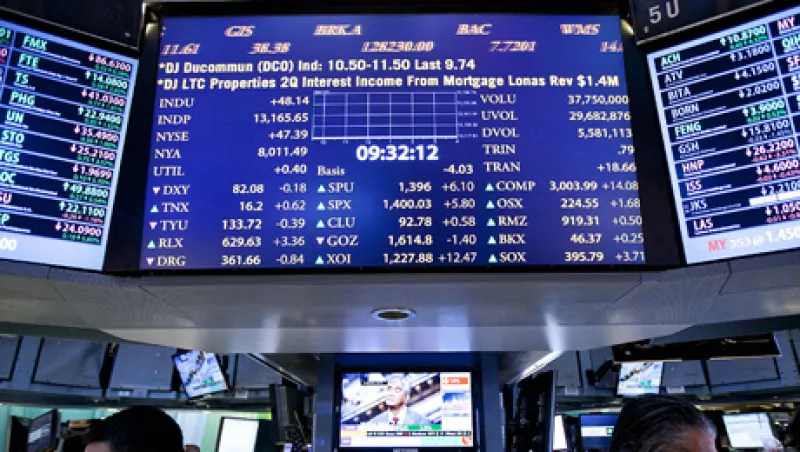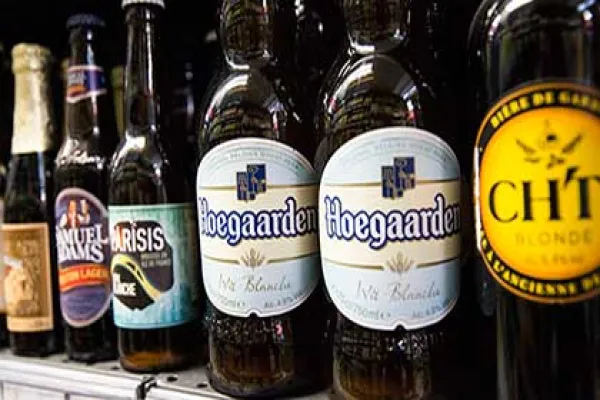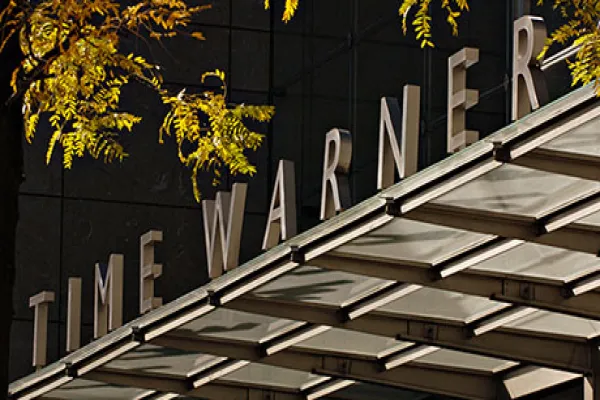Struggling to obtain income, investors have poured into high-yield ETFs, including iShares iBoxx $ High Yield Corporate Bond (HYG) and SPDR Barclays Capital High Yield Bond (JNK). The two funds have $27 billion in assets, up from $13 billion in January 2011, according to IndexUniverse.com. Now some analysts say that the big inflows are distorting markets, inflating prices of illiquid bonds. That has been hurting returns of ETFs and other index trackers. Analysts suggest sticking with actively managed portfolios. “In an illiquid asset class like junk bonds, I would hesitate to invest in passive products,” says Samuel Lee, an ETF analyst for Morningstar.
The ETFs tend to be volatile because of the trading patterns of hedge funds and other investors, according to David Sherman, president of Cohanzick Management, which manages high-yield institutional funds. When hedge funds want to move quickly into high-yield bonds, they often grab the ETFs. The traders are also quick to short the ETFs when conditions look sour. Holding 4 percent of all the assets in high-yield bonds, the ETFs have a big impact on prices in the sector.
Partly because of the rapid trading by hedge funds, the ETFs tend to excel in up markets and lag in downturns. Fearing that trouble in Europe would spread to high-yield markets, investors dumped the iShares high-yield fund this May. For the month, the ETF lost 3.2 percent, while the average actively managed high-yield mutual fund lost only 1.5 percent, according to Morningstar. When markets rebounded in June, the ETF gained 4.7 percent, while the average mutual fund returned 1.9 percent. The big losses in downturns have hurt the ETF’s returns. During the three years through August 3, the iShares fund returned 11.6 percent annually, while the average mutual fund returned 12.7 percent.
Sherman says that he has become wary of owning bonds that are held by the ETFs. The ETF bonds often sell at premiums compared to issues that are not in the indexes, he says. As investors poured into ETFs in 2011, they pushed up prices and lowered yields. As an example of an inflated issue, Sherman cites notes from Apria Healthcare, which will mature in November 2014. The ETFs hold 6.2 percent of the issue. In January this year the notes yielded 8.4 percent. In contrast, a comparable issue from Rotech Healthcare — which is not held by the ETFs — yielded 10.2 percent. In January of this year, Sherman says, investors could pick up more than 100 basis points of extra yield by avoiding bonds in the ETFs.
The price discrepancies are particularly severe because the bonds are not very liquid. So a small increase in buying pressure can push up prices sharply. But ETF prices themselves may be distorted. While ETFs in liquid sectors typically trade for about the value of their assets, the high-yield funds are often priced at discounts and premiums because the ETF share prices react more quickly to shifts in market sentiment than the underlying bonds themselves.
The first week in August, the iShares fund sold for a premium of 0.6 percent. Bond bulls may not worry about the inflated price at a time when the fund yields 7.0 percent. But investors should keep in mind that the fund price can fall just as quickly. In the past year the shares have traded to a maximum premium of 2.3 percent and a discount of 0.6 percent. “If you are thinking about buying at a premium, then you need to be aware that the ETF price could easily swing 1 percent without any real movement in the underlying bond prices,” says Paul Amery, editor of IndexUniverse.eu.
During the turmoil of 2008, the iShares price fluctuated from a maximum premium of 11.1 percent to a discount of 2.3 percent. At the time, some traders argued that the fund had done a good job of showing the true value of an asset class that had become illiquid. Since then markets have calmed, but discounts and premiums have persisted. Sherman argues that liquidity problems will remain. With regulators pressuring investment banks to limit risk taking and proprietary trading, broker-dealers are less active in thin markets. Sherman says that corporate bond inventories at broker-dealers have dropped from more than $250 billion in 2007 to less than $100 billion now. “The high-yield market does not have the same sponsorship by the broker-dealers that it used to have,” he says.
In illiquid markets, high-yield values could continue fluctuating sharply — and ETFs will struggle to deliver winning returns.






